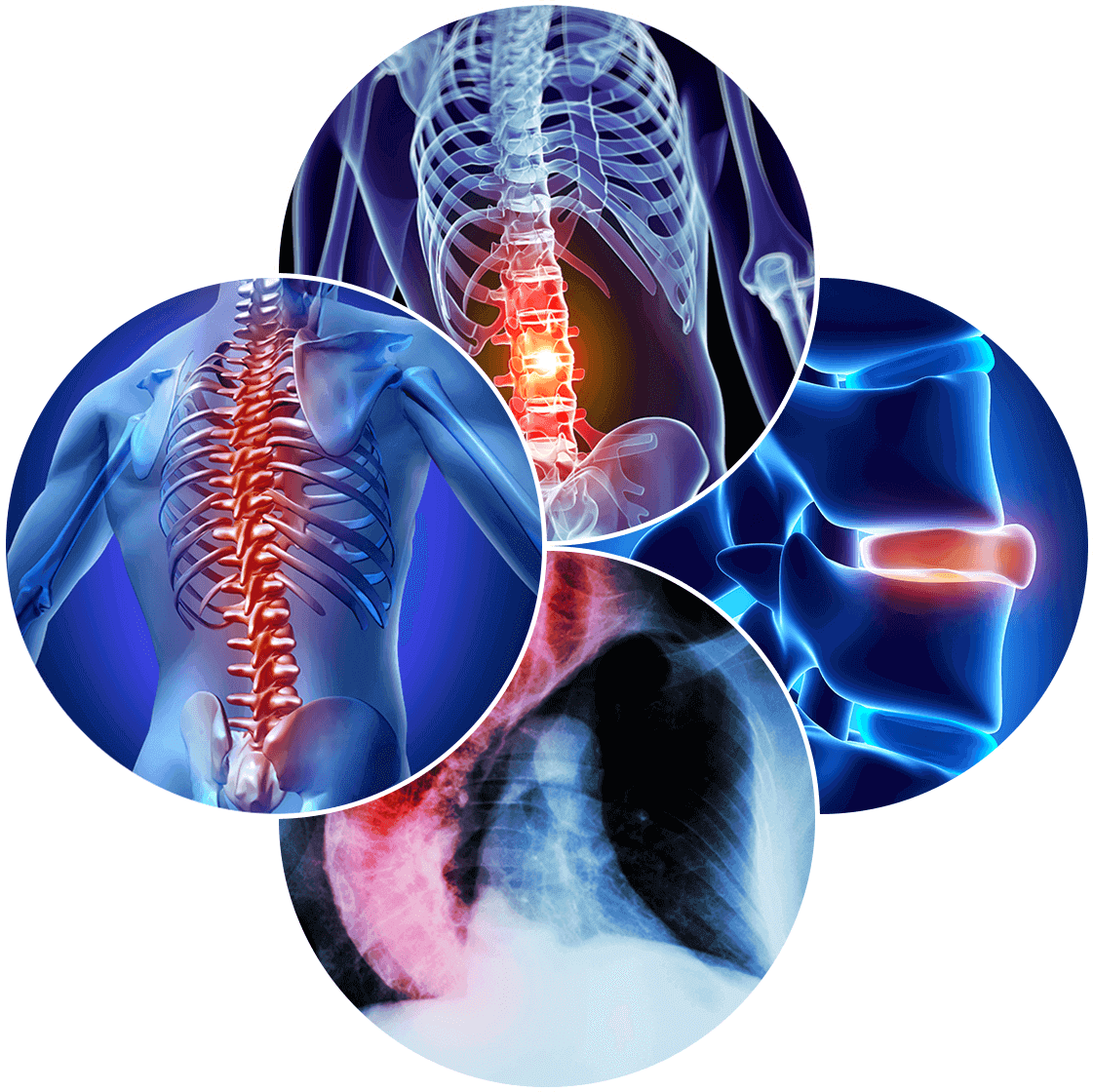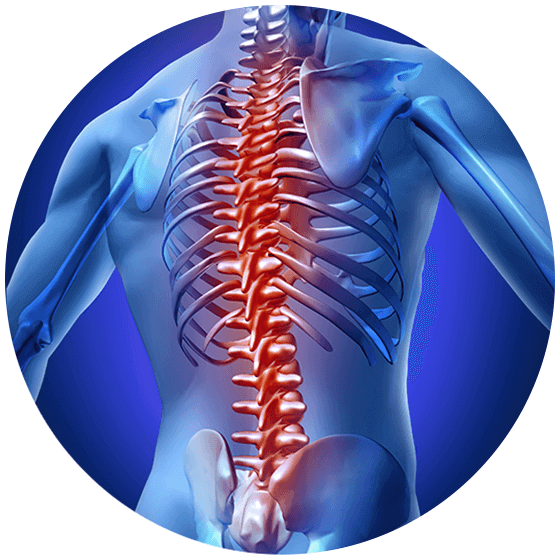Transforaminal Lumbar Interbody Fusion (TLIF)

Transforaminal Lumbar Interbody Fusion (TLIF)
A Transforaminal Lumbar Interbody Fusion (TLIF) is an effective procedure for replacing a damaged disc. Spine surgeons use this procedure to restore structural integrity to the vertebrae of the lumbar spine. During a TLIF, your surgeon will make a series of incisions to access the spine through a posterior approach. However, your surgeon will usually access the damaged disc from a lateral point of entry on the spine. This lateral approach allows your surgeon to push away muscles and ligaments from their protective location on the vertebrae. Correspondingly, this minimally invasive technique replaces traditional methods of cutting through the muscles. In doing so, blood loss, pain, and healing times are greatly reduced.
How is a TLIF Performed?
Your surgeon will use long, tube-like instruments to reach the foramina of the targeted vertebrae. By utilizing the preexisting foraminal openings in the vertebrae to remove disc material, there will be less damage to the surrounding nerves, muscles, and tissues. Taking particular care to avoid further damage to spinal nerves exiting these foramina, your surgeon will broaden the foraminal openings by shaving away bone material. This will increase the space needed to allow for decompression of the nerves and to enable part two of the procedure.
With a broader foraminal opening, your surgeon will then remove a damaged intervertebral disc. Using a spacer to maintain the height between adjacent vertebrae, your surgeon will implant a bone graft into the empty space where the former disc was located. This bone graft is derived from the patient’s pelvic bone, a donor bone supply, or synthetic materials that mimic the structural efficiency of bony tissue.
Once the implant is successfully installed, the surgeon will follow up by inserting fusion hardware. Using a combination of screws, plates, and rods, these mechanical devices reinforce the maturing bone graft during the healing process.
Some of the obvious advantages of a TLIF over more invasive procedures include:
Smaller incisions result in less pain, external scarring, and time to heal after surgery
The lateral approach to the disc prevents damage to thick muscles and ligaments of the back
Minimally invasive techniques lead to hospital stays of only 1 to 2 days for most patients
Less damage to surrounding tissues greatly diminishes your recovery time
A TLIF uses preexisting openings in the spine (foramina) to avoid unnecessary bone removal
Advantages of a TLIF
The innovative techniques and advances in surgical materials used during a TLIF have resulted in more successful, less painful, and longer lasting surgical results. While traditional, open back procedures required large incisions, extensive damage to muscles and ligaments, lengthy hospital stays, and even longer recoveries, the benefits of a TLIF are apparent.
Dr. Jason. E. Lowenstein of the Advanced Spine Center is an expert in minimally invasive techniques including TLIF procedures. A recipient of multiple Top Doctor awards and a patient favorite among pediatric doctors, Dr. Lowenstein delivers individualized recovery plans and innovative techniques to patients of all ages.
Eligibility Requirements for a TLIF
If you are suffering from nerve compression caused by damaged discs or vertebrae in your spine, then a Transforaminal Lumbar Interbody Fusion (TLIF) may be the right surgical option for you. If conservative treatment plans such as physical therapy and pain management have not alleviated your pain, then talk to a physician today about your surgical options. TLIFs have provided countless patients with relief through their minimally invasive approach to spinal entry and state-of-the-art surgical materials.
There are certain conditions that may exclude someone from receiving a TLIF surgery, however. If you have an infection near the proposed surgical site, have had failed fusions in the past, or are dealing with severe vertebral instability, then a TLIF may not be the best course of action for you. Consult with a physician today at the Advanced Spine Center to learn about your recovery options.
